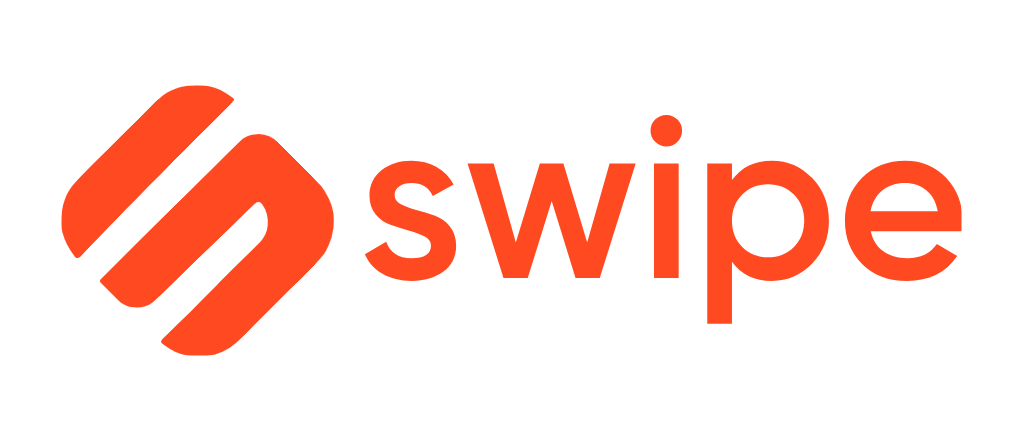As we move through the final month of the year, several cryptocurrency projects are moving ahead with continued development. Nevertheless, this week’s selection is topped by Bitcoin, which ended Week 51 with an amazing ATH price of above $24,000.

1. Bitcoin (BTC)
Although we believe Bitcoin does not need much introduction and that all eyes would be on it even if it were not featured on our list, here is a short summary of the history and key characteristics of the first truly decentralized digital currency. The world’s pioneer cryptocurrency was launched by pseudonymous figure named Satoshi Nakamoto in 2009 and has a capped supply of 21 million coins. The decreasing miner block rewards makes the cryptocurrency scarcer with time, ensuring a deflationary nature.
Bitcoin Ended the amazing Week 51 with an ATH of over $24,000
The reason why all eyes are on Bitcoin is its amazing price performance from last week, when the largest crypto finally broke from the sub-$20,000. The crossing of this psychological, as well as major resistance level caused the price to skyrocket to above $23,000 in just a bit more than one day. Even though Bitcoin is now trading sideways again, many traders and analysts claim that the leading digital asset is still in the price discovery process. In addition, the institutional interest is not dying off yet. Quite the opposite actually as MicroStrategy recently revealed that it bought additional 29,646 BTC for $650 million at an average price of $21,925 per coin, increasing their total stake in Bitcoin to over $1 billion:
Even Tesla CEO Elon Musk did not remain silent regarding the Bitcoin’s price movement. He posted a Tweet in his notoriously funny style:
Interestingly, the Musk’s image sparked a conversation with the MicroStrategy’s Michael Saylor, in which the later tried to convinced Musk to allocate some of the Tesla’s assets to Bitcoin and do its “shareholders a $100 billion favour”. Clearly, Musk was very interested as he replied asking:
“Are such large transactions even possible?” to which Saylor stated that he is prepared to share more advice offline.”
Judging by the supply and demand disbalance, Bitcoin could be prepping for an even more exciting 2021 and several crypto experts expect BTC to reach $100k by the end of this year. And when BTC moves, the whole crypto market moves.

2. Swipe (SXP)
Swipe is a crypto debit card issuer that allows its users to easily spent their cryptocurrencies for everyday purchases. The Swipe Token is the project’s utility token.
Swipe Visa Cards Began Shipping in the U.S.
Swipe finally began shipping the highly anticipated physical Swipe Visa Cards to all U.S. virtual cardholders on December 22. In addition, the Swipe team is making significant progress at the Canadian market. The crypto card issuer already rolled out support for the Canadian Dollar on the Swipe Wallet and made everything ready to launch its service in Canada. Interested Canadians will be able to pre-order their cards soon. As per the EEA region, its citizens could recently take part in a Swipe and Binance Holiday Promotion, in which the partnered companies distributed up to 100,000 SXP in rewards to users who completed two rookie tasks – purchased at least 150 EUR worth of crypto and made at least one Binance Card transaction.

3. Stratis (STRAX)
Stratis is a blockchain environment and a cryptocurrency for enterprise users. With a focus on the financial industry, the project aims to offer its customers an easy way to build blockchain-based solutions. Stratis supports the native C# programming language, which is already widely used, and therefore acts as a simple bridge to blockchain technology.
The InterFlux Protocol Release on December 22
The Stratis team recently released an update, which features the InterFlux Protocol. InterFlux is a protocol that facilitates the communication between public and private blockchain solutions while acting as a Layer-2 Scaling solution for Ethereum deployments at the same time. The solution, which incorporates support for the Ethereum network as well as the Hyperledger Fabric blockchain, will make it much easier for the Stratis platform to integrate with pre-existing blockchains. The integration of the Ethereum Layer 2 solution will also expand its usability to the DeFi sector and allow for non-fungible tokens (NFT) to be used and management on Stratis blockchain. More information regarding InterFlux protocol can be found in the official feature announcement.



